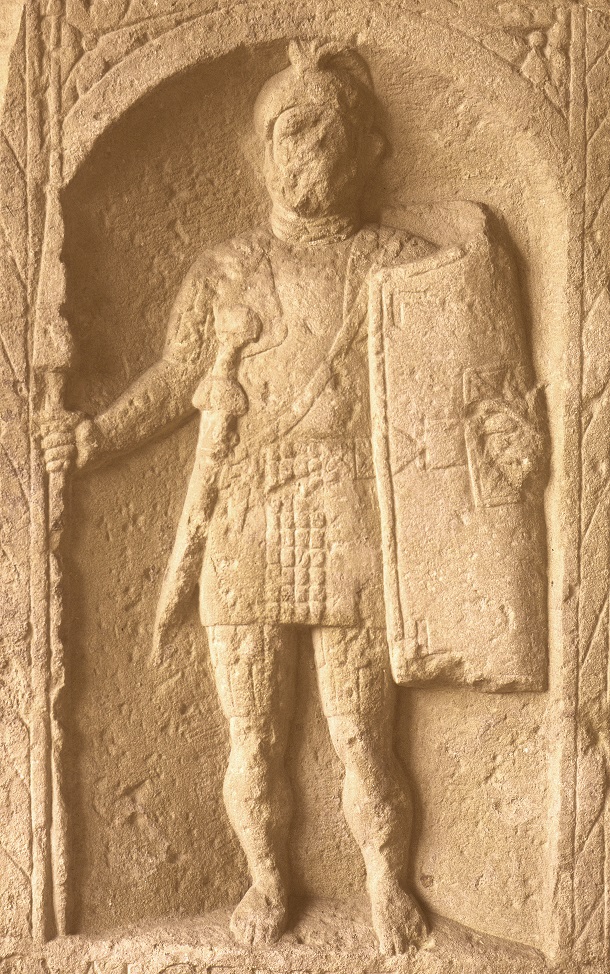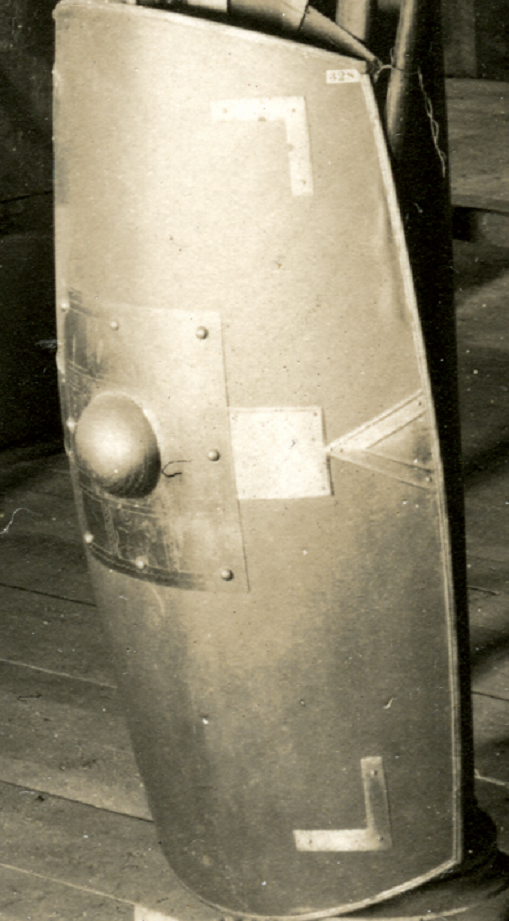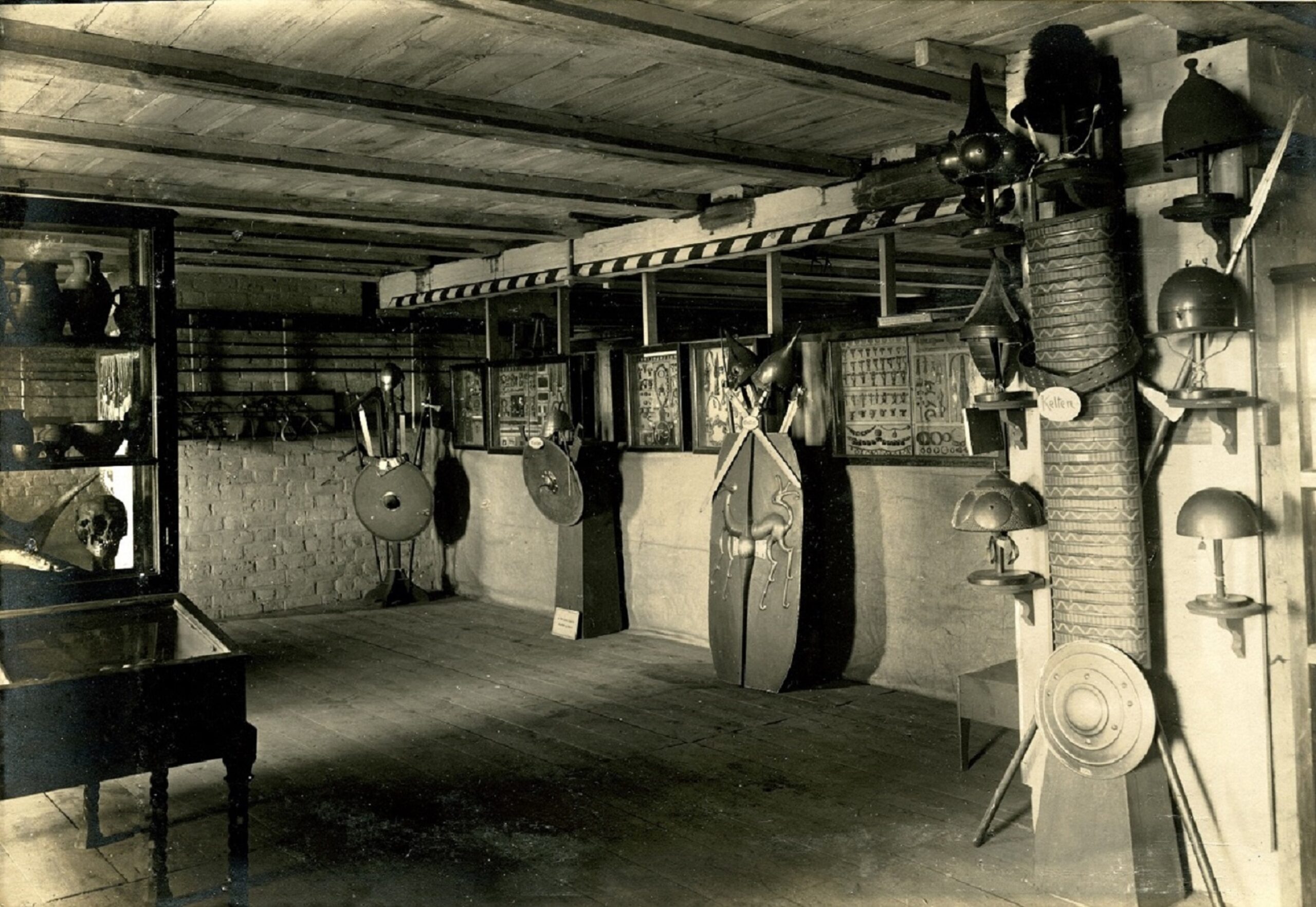From the previous post about the collection of Theodor Joseph Blell, we learned that the collector was guided by the instructional principle, according to which he planned to create a collection of military items showing the evolution of weapons from prehistoric times to the present day. He purchased his relics from numerous antiquities and collectors, as well as obtained them through archaeological research. However, the older an exhibit he searched for, the more difficult and more expensive it was to obtain it. Therefore, he decided to copy some of the ancient and early medieval weapons, which were most difficult to obtain in good condition, on the basis of the originals. To this end, he established cooperation in the Central Roman-Germanic Museum (German: Römisch-Germanische Zentralmuseum) operating in Mainz.
The facility was established in 1852. It specialized in making copies of items from Roman and Germanic cultures, including weapons. After copying the items for its own exhibition purposes, the museum sold additional copies to other museums and private persons, thus earning money for its own livelihood. The museum’s 1889 catalog is preserved, which published the photos of the copies, their measurements, where the original was stored and discovered and the prices at which they could be purchased. The prices ranged from a few marks for the simplest items, through several marks for helmets or cutting weapons, to several dozen marks for copies of exceptionally unique and richly decorated items.
Blell made contact with this museum in 1874 at the latest, as evidenced by the correspondence he had until 1885 with its director, Ludwig Lindenschmite. Thanks to the correspondence and the inventory, it is known which monuments Blell copied. These included all ancient helmets, shields and some offensive weapons, such as swords. In addition, some of the copied military items were supplemented with archaeological finds. An example is the Roman shield (scutum) made on the basis of the image of this type of armor on the stele of the legionnaire Caius Valerius Crispus. It was additionally provided with a copy of the Roman umba from the Reverend Greenwell’s collection (by the way, also made and bought at the Roman-Germanic Museum for 25 marks).
Thanks to the records from the inventory, it is known that out of 316 exhibits representing weapons in the collection until 1100, as many as 48 were copies or reconstructions, mostly made in Mainz. This practice was perfectly in line with the educational nature of the collection, showing relics, using faithfully made copies, practically unattainable for an ordinary collector in the original.
(by dr D. Gosk)




